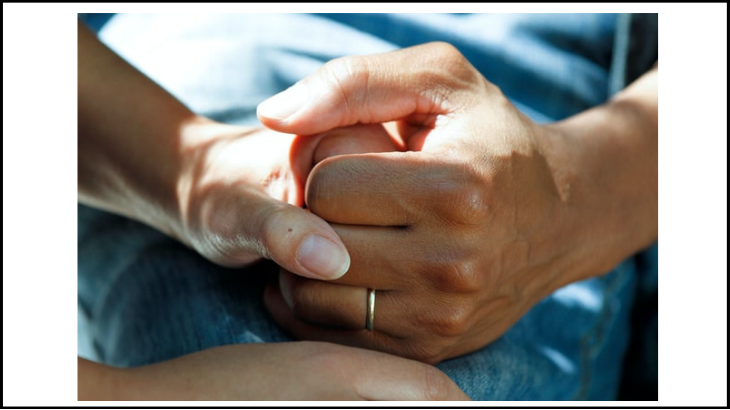The pandemic has again revealed that we are not ‘all in this together’
London, UK – 13 January 2021
Reanna Smith of the Immigration Advisory Service writes:
2020 was a tough year for many, with the Covid-19 pandemic affecting people all over the world and taking a major toll on healthcare systems everywhere.
Ever since the virus began to spread UK politicians and the media have aimed to raise morale amongst the British public by consistently relaying the message that “we are all in this together”, but is this really true? The answer is no, we are not all in this together. Whilst there’s no doubt that everyone has suffered during this pandemic, we have not all suffered equally. This became evident in June when it was revealed that the black, Asian and minority ethnic (BAME) community in the UK have been disproportionately affected by the Coronavirus pandemic.
But this isn’t an issue that has only become prevalent during the ongoing pandemic. Racial inequality has consistently appeared in other areas of the UK healthcare system too. Most notably one of the areas that shows the largest disparities in treatment is in the maternity care sector, where BAME mothers are proven to be at more risk of complications during pregnancy and childbirth when compared with white mothers. Alarming research shows that black women are five times more likely to die in childbirth, and Asian women are also twice as likely when compared to white women. Even more worryingly, not only are the mother’s lives at risk here, but babies from BAME mothers are also more likely to be stillborn.
In a report released last year, Sarah Chitongo, a Midwifery Educator and Clinical Skills Manager at Middlesex University, revealed some of the reasons that women were exposed to these inequalities. She claimed that these ranged from a lack of continuity of care, to racial stereotyping and difficulty accessing NHS services. The report also pointed to socioeconomic factors, including education and income.
Another area in which BAME patients suffer more is in cancer care. The latest Cancer Patient Experience Survey showed that BAME patients had consistently poorer experiences than white patients. BAME people that were interviewed were less likely to have been involved in decisions about their care and were also less likely to have received an explanation of their treatment.
COVID-19 has brought to light striking evidence of health inequality and has created a much-needed conversation surrounding these issues. When reports of the devastating effect the virus has had on the BAME community were published, much of the media and UK public were outraged – particularly given that during the weeks leading up to this revelation, it was evident that a significant proportion of those on the frontline of the UK’s response to the pandemic were BAME and migrant workers in the UK. This resulted in calls to scrap the NHS surcharge and to include more migrants in the government’s Bereavement Scheme.
Whilst the pandemic has done a good job of raising awareness of racial inequality in health, it’s important to remember that this isn’t new. Not only is there an overwhelming amount of evidence to suggest racial disparities in other healthcare sectors, but there’s also a history of this when it comes to pandemics. During the H1N1 Bird Flu pandemic in 2009, non-white ethnicities experienced an 84% increased mortality risk when compared to white populations, with the highest risk in those of Pakistani ethnicity. This statistic is shocking, but even more shocking is that this pattern is being mimicked over a decade later after little action has been taken to prevent this from happening again.
Not only has little been done in terms of actual changes to prevent inequality within the healthcare system for BAME patients, but there’s also been very little done to investigate the root causes for these health inequalities amongst ethnic minorities. The small amount of current research already present points to two main causes, the first is racism and the second is socio-economic factors present in large proportions of the BAME community.
Whilst many researchers point to factors of racial bias such as stereotyping to explain ethnic minorities experiences of healthcare, socioeconomic factors can’t be ignored. BAME people are more likely to live in areas of high deprivation, and also experience far higher unemployment rates than white people. These issues result in reduced access to healthcare as well as an increased risk of exposure to illness. Whilst these factors can also help to explain inequality, they do not undermine the plausibility of racism within healthcare, with studies proving that they are both inextricably linked.
It is clear though, that we still do not know enough about the fundamental causes of racial inequality in the UK healthcare system. The NHS recently launched a Race and Health Observatory to identify why people from BAME backgrounds are experiencing these health challenges and to offer recommendations to prevent this. Whilst this is a step in the right direction, it’s one that has, unfortunately, come too late for the many BAME people who have lost their lives at the hands of race inequality.
Now, the NHS must live up to their promise to take this seriously. They must not only determine what is going wrong, but will also need to provide and act on recommendations that will save the lives of BAME people across the UK.
- Reanna Smith is a writer for the Immigration Advice Service, a team of lawyers that support people facing immigration issues in the UK.

